FLIR ONE Pro review
FLIR ONE Pro and FLIR ONE PRO LT consumer grade thermal imaging cameras from FLIR created some excitement when they initially been offered to the market back in 2019. Since then, they exploded in popularity, with FLIR catching up with demand by mid-2021. Currently sold for around US$600 with minimal wait.
Our example FLIR ONE PRO was build and purchased in 2020. Since then we clocked well over 100 hours on the camera, mostly industrial use with some fun duty.
The FLIR ONE PRO isn’t the most capable of thermal cameras, but it’s still a very useful instrument, build using quality components with good APP for mobile device and highest value you can get at the moment.
The overview
You prepare on the go. Got the camera out and connect power bank via provided USB-C cable to the camera. Camera greets you with blinking red LED next to the charge port. You know that by the time you arrive on worksite it will be fully recharged and ready to service for at least 30 continues minutes.
This is life with this FLIR ONE PRO on the go. This is how it intended to be used. Fast charge, fast discharge and fast deployment.
The FLIR ONE PRO is entry level, smartphone based thermal camera. Designed to incorporate internal battery, internal processing unit and fixed focus thermal sensor with secondary black&white sensor.
White it’s thermal sensor is not the highest resolution for this segment (160×120 VS 320×240 for Seek Thermal alternative) it does a good job and it’s major improvement over previous generation unit. When you are looking for professional level thermal camera resolution, sensitivity, battery life span and robustness are at the count. FLIR ONE PRO is on the opposite side of this spectrum where cutting edge technology and specs are not as critical. It is an easy to use plug-n-play device, once changed and supporting APP installed on your smartphone you are ready to use it.
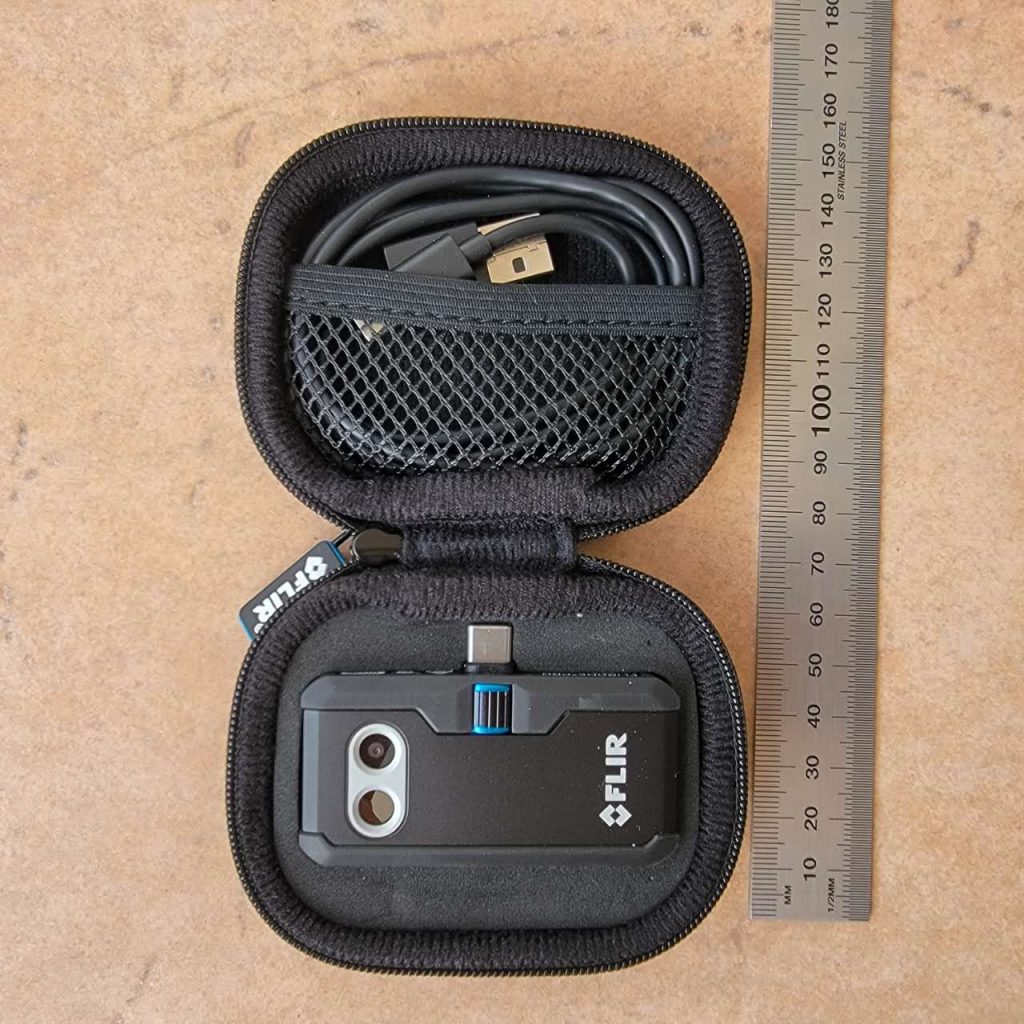
Using FLIR ONE PRO is the definition of versatility. A compact protective case fits on the palm of your hand. And as long as you have it charged, it will operate between 30-60 minutes, duty dependant. Supplied conveniently for USB-C or iOS specific phones it plugs directly in to your phone and upon connection it will prompt FLIR APP to initiate. It takes some seconds to activate the APP and about 30 seconds to start the camera.
Improvements from 2015 to 2019 model
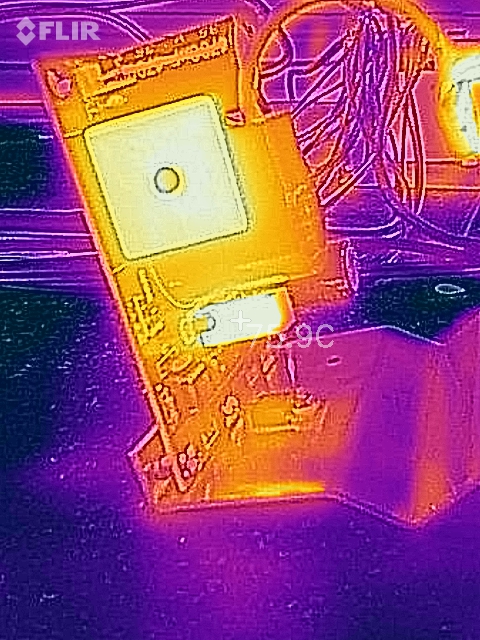
FLIR ONE 2015 model 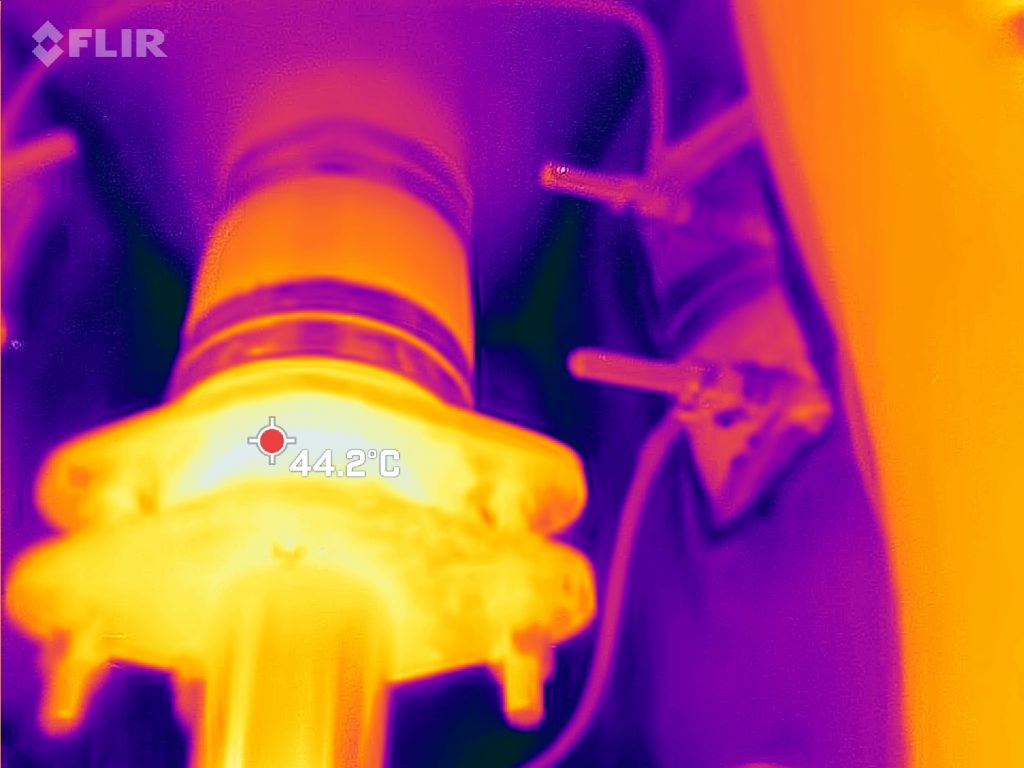
FLIR ONE PRO 2019 model
Look at the examples above. FLIR ONE from 2015 was great thermal camera for masses, low cost, truly mobile. But 2019 model have greatly improved resolution and software.
FLIR felt the need to install the battery inside FLIR ONE PRO, While this is acceptable, power consumption of the camera is relatively high to battery capacity, resulting in sub 60 minutes operation time. We clocked 30 minutes till depletion on average. It would be good if camera could tap in to the mobile phone USB-C port for some additional power to extend it’s short operation. This is a major limiting factor in using this thermal camera.
Impressions of FLIR ONE PRO
- Male USB-C plug is adjustable in length
- Good Android and iOS mobile apps
- Max measuring temperature +150C or +400C
- Low scanning frequency , 9Hz
- Camera and APP take a minute to start
- MSX function requires frequent manual adjustment
- Low resolution, 160×120 is below competitors by large margin
- Inbuild battery life rapid degradation over 18 months
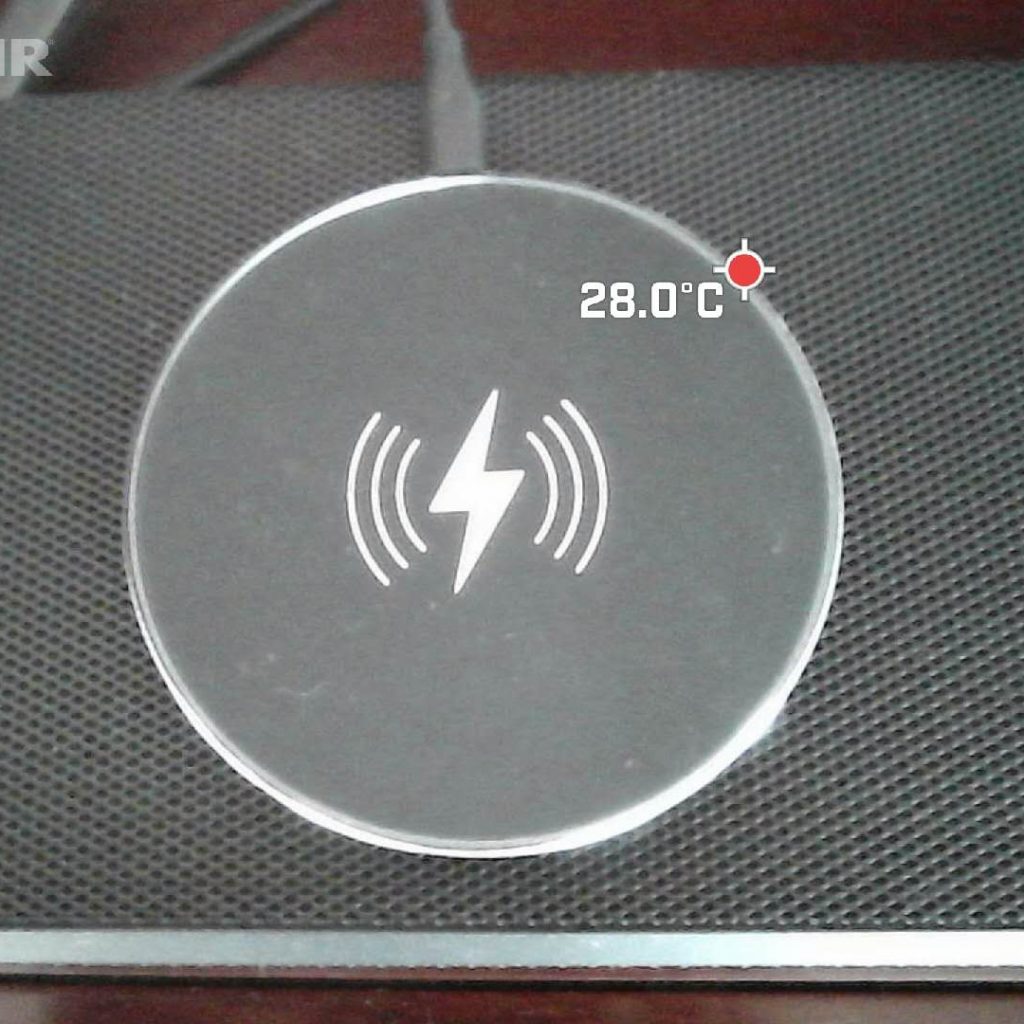
Build in standard camera 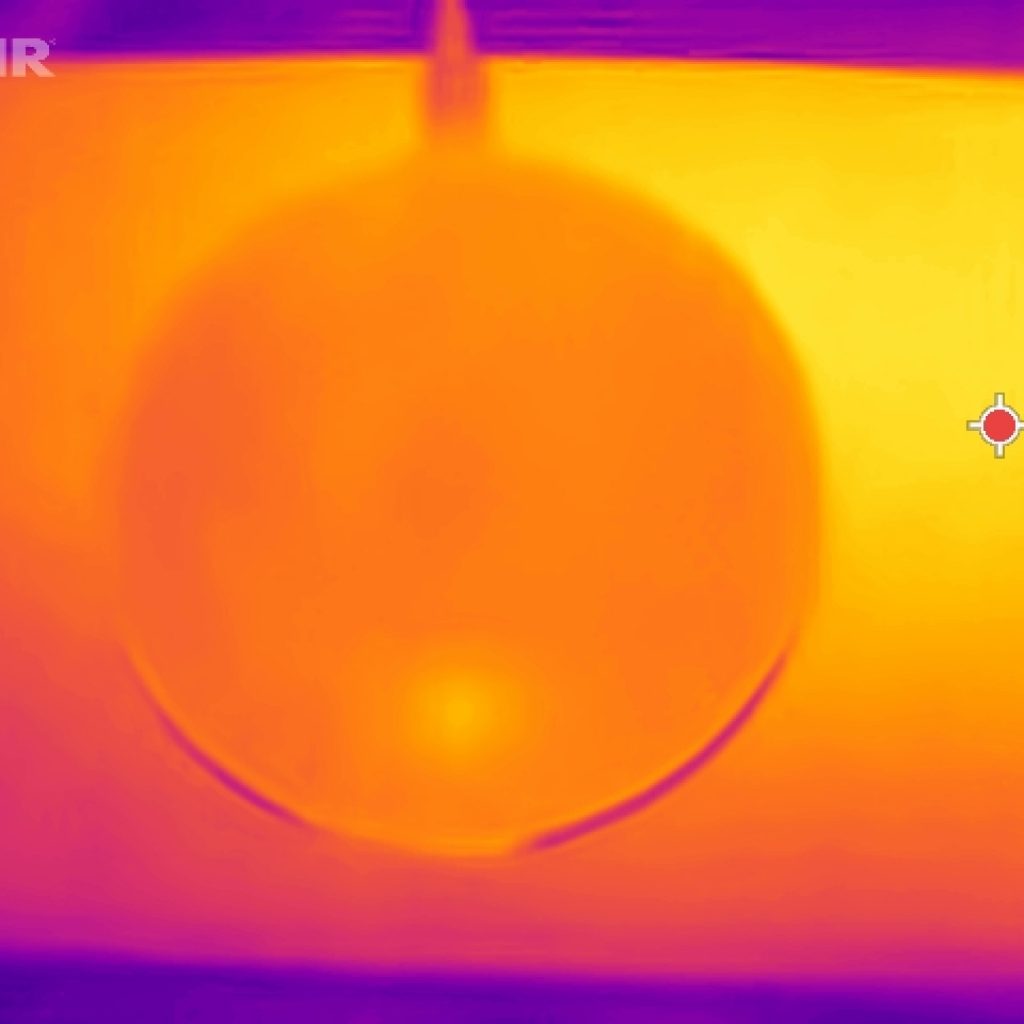
Build in thermal camera
FLIR ONE PRO have two inbuild cameras. One thermal and another is standard. Both are used by MSX function, which is software base image enhancement. MSX function overlay contours of objects over thermal image. Making identification of components much easier.

MSX function in action 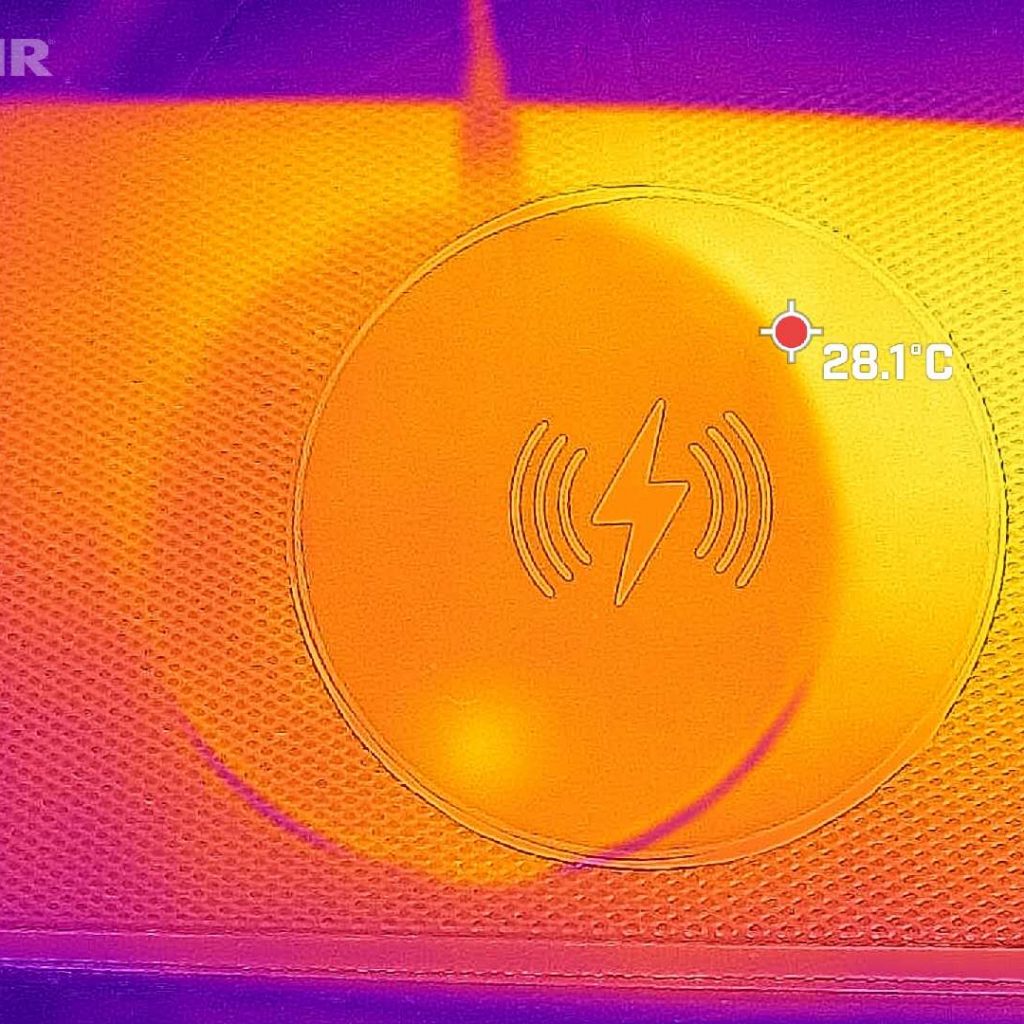
MSX needs to be manually adjusted
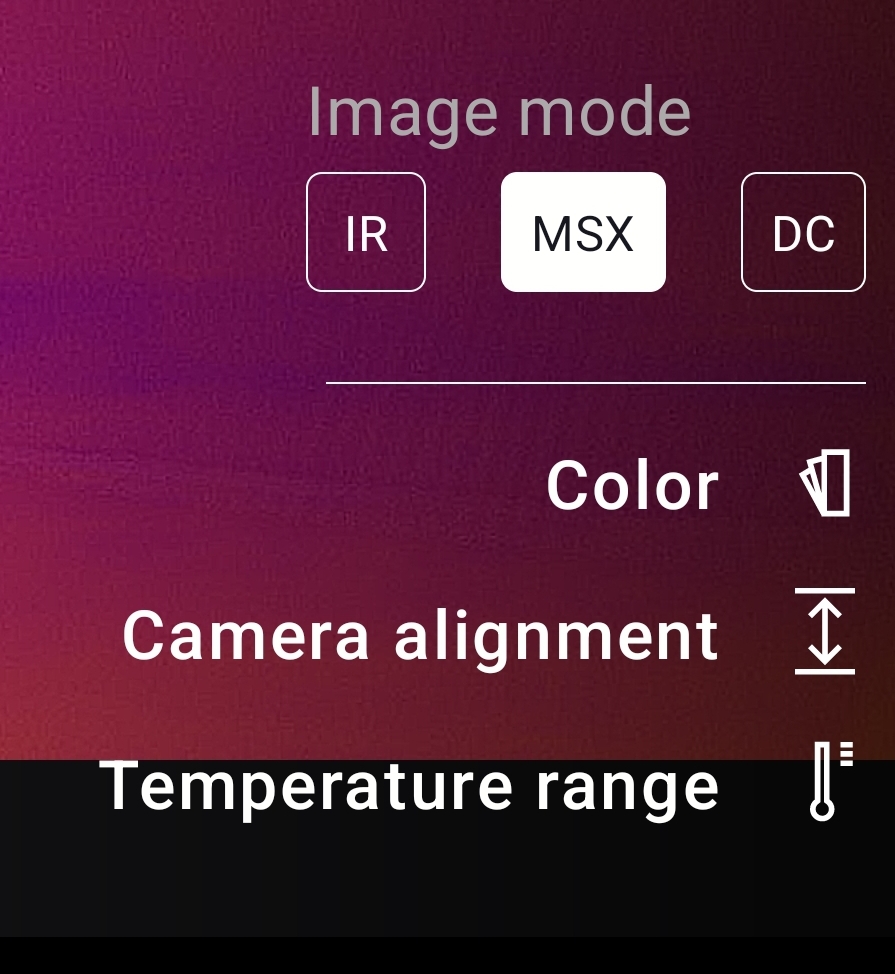
Resolution
Supplied with 160×120 thermal sensor it is well suited for close up duty. Basic investigation work when object of interest are very close in the range of 500mm away or relatively large. Taking snapshots of busy and far away objects quickly becomes blurred and not useful.

Example of the close up image. Easy to identify elements and thermal signatures
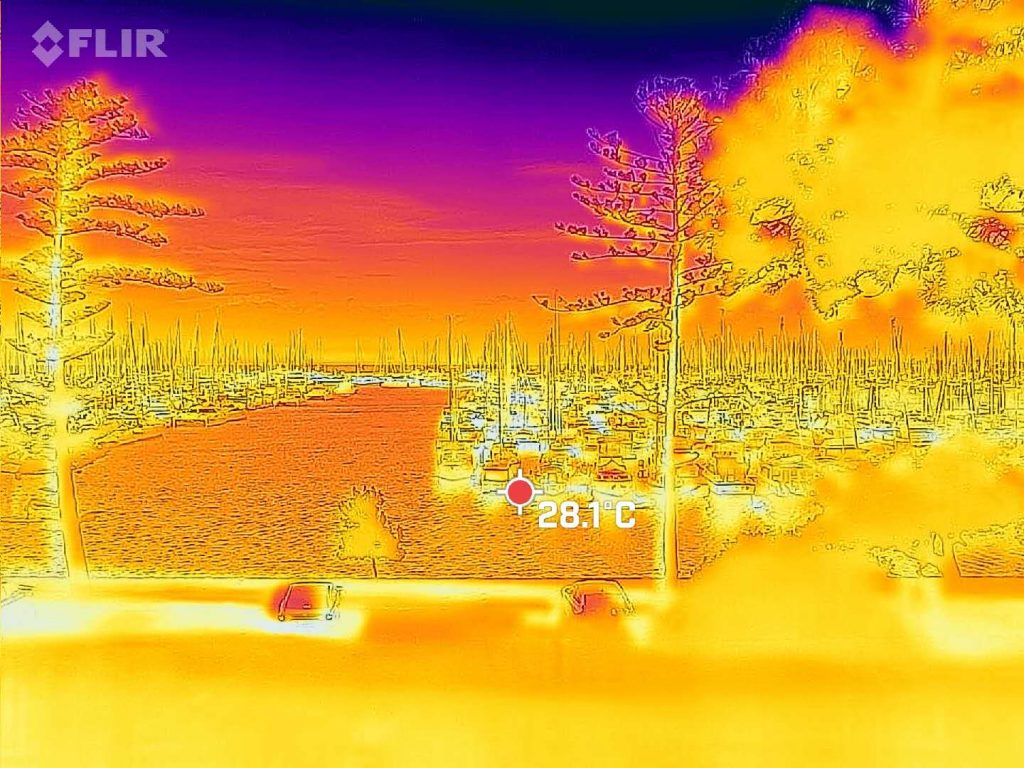
Low resolution of thermal sensor limit it’s use in busy or far away objects
Temperature accuracy and tracking
FLIR stated specification:
±3°C or ±5%, typical Percent of the difference between ambient and scene temperature. Applicable 60 sec after start-up when the unit is within 15°C — 35°C and the scene is within 5°C — 120°C.
We tested FLIR ONE PRO in the wide range of scenarios, cross referencing readings using thermacouplers. The results where satisfactory, with thermal camera delivering anywhere between 1% to 5% accuracy, depending on application.
The smartphone app offer you number of functions including centre point temperature reading, hot and cold sport auto tracking and some additional fine tuning to temperature range and intensity of colour. It is a good suite of basic tools that will satisfy most light duty users.
One of the great benefits of thermal cameras is enabling observer to understand distribution of heat, it’s origin and observe overall thermal performance of complex systems. This alone can simplify research work by order of magnitude.
Limitations
Infrared reflective surfaces are generally problematic. They not just fail to emit IR radiation for camera to read, but also reflect nearby thermal signatures like mirror. Combined with camera low refresh rate of 9Hz, moving camera around result in jitter of the image. A generally low resolution of thermal sensor makes it hard to identify what object is actually been reflected/ mirrored.
A common solution in the R&D industry, while using thermal camera and many reflective surfaces is to simply spray paint them with matt back pack. This is inexpensive but effective way to address this issue.
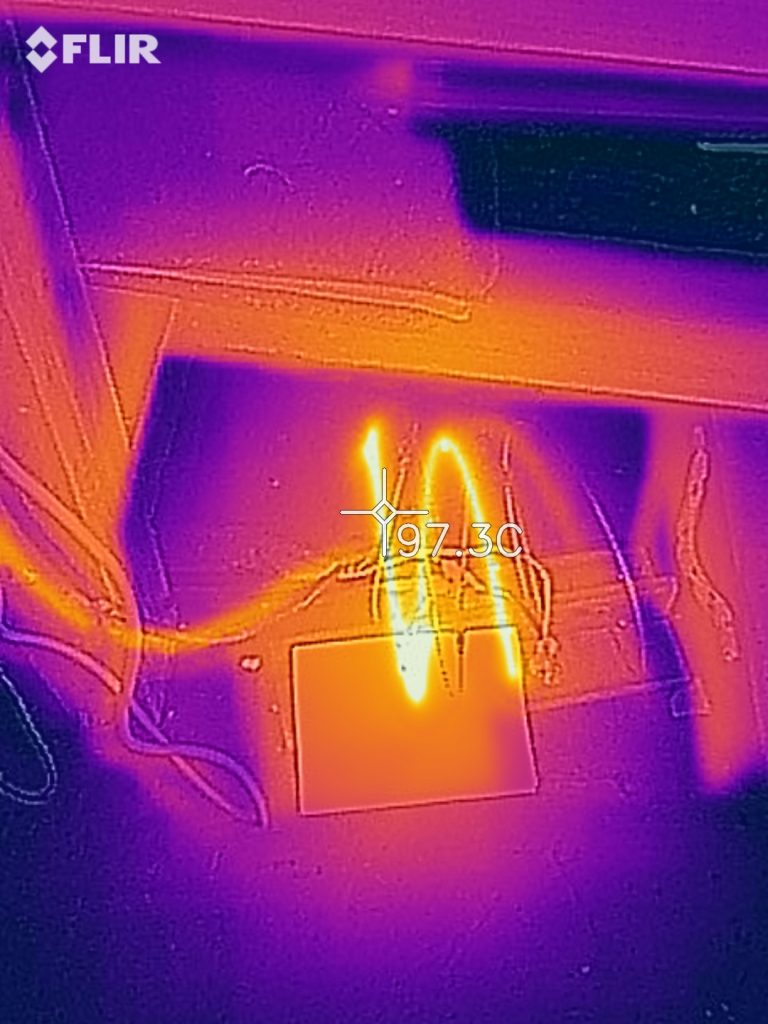
Good examples of thermal reflection
Robust construction
Nothing about this camera is budget line option. It is surprisingly well build and designed. The casing is made from a combination of quality materials using high end metal fabrication company and plastic injection moulding service company somewhere in China. The final assembly takes place in Estonia. The USB-C port is adjustable, it can be extended to accommodate phones with thick protective casings. Camera lens is well reassessed in the case to protect them from accidental scratches. The FLIR website states that camera constriction is good to withstand 1.8 Meter drop.
Camera internal components interconnection made using quality wire harness manufacturer, it’s neat and well executed. We could not establish source of the battery. Source of custom magnetics components is likely to be China, all are of the highest quality.
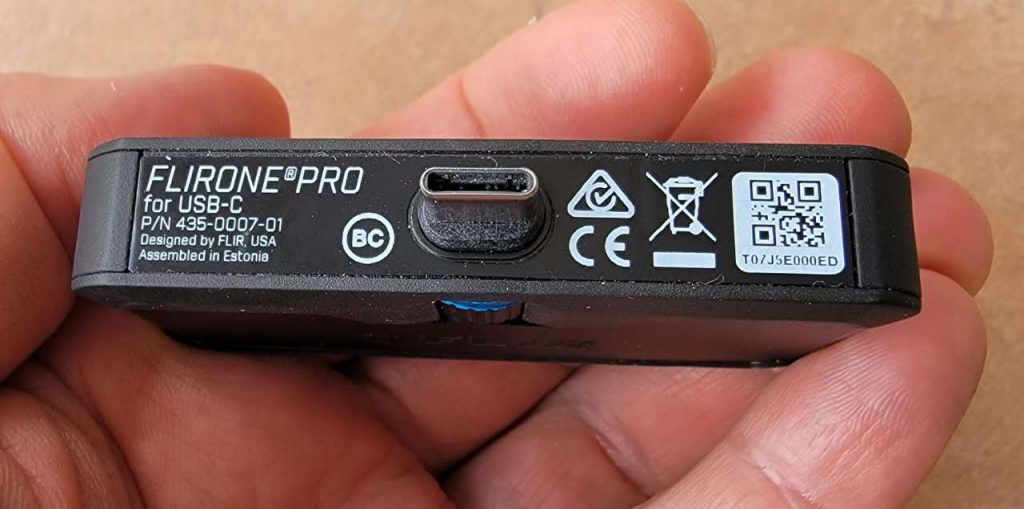
FLIRONE PRO, quality build thermal camera
FLIR ONE Pro in action
We covered lot’s of specification and performance opinion in this review. But what happens when you are in the field and have to use this camera?
Below thermal image is the AUQDRIVE hub bearing that support propeller shaft of the boat. It is located inside the engine room, under the deck. Cramped, high risk for entry environment where you simply cannot take any stationary readings by thermocouplers while boat is in motion going under full load.
This is where thermal camera shine, it allow you to take relatively accurate reading of maximum thermal load, see it origin and distribution patterns. It is truly versatile instrument.
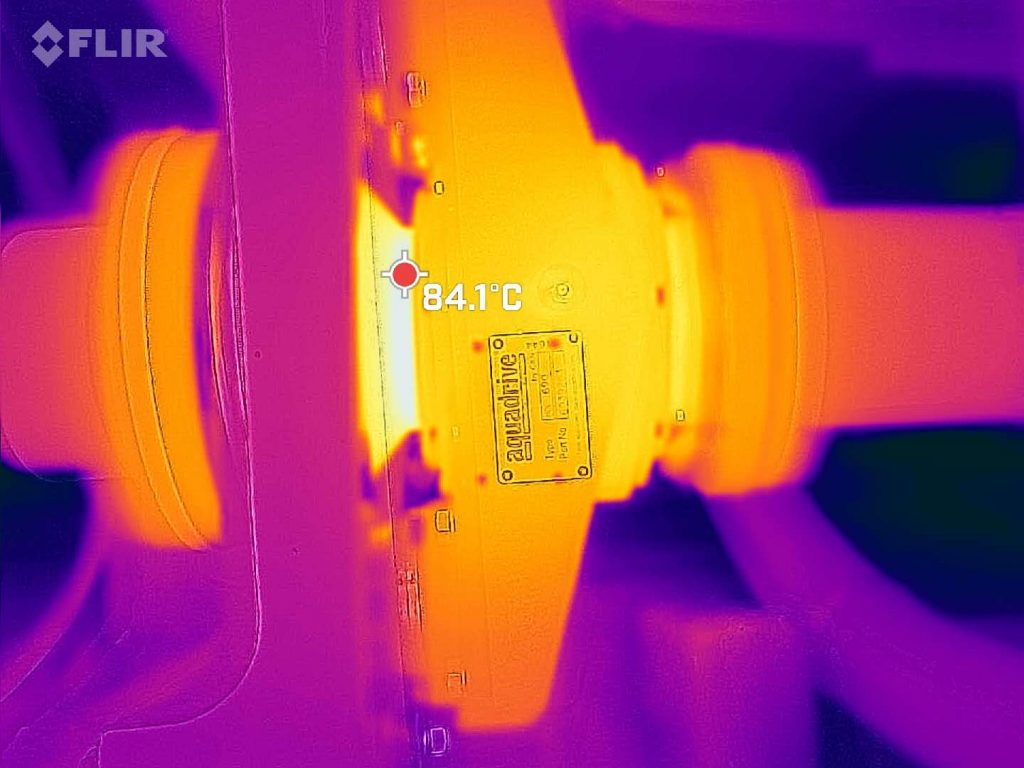
AQUADRIVE hub operating temperature under load
Conclusion of FLIR ONE PRO review
Thanks to the solid build, use of branded components and good engineering, FLIR ONE Pro will deliver reliable and predictable performance and wear, making it an excellent choice for light Research and Development. It benefits from some degree of personalisation. Keep on top of battery recharging.
Should I buy professional duty thermal camera? Absolutely. If budget permit, $75,000 FLIR T1020 thermal camera with resolution of 1024×768 will be excellent instrument in my toolbox. But until then, FLIR ONE PRO will deliver reasonable performance of the high grade thermal camera at the fraction of the cost.
| Pros | Cons |
| – Branded components | – 30 minutes battery |
| – Good reliability | – MSX function is manual |
| – Solid APP for smartphone | – Rapid battery degradation |
| – Can take abuse, falls and drops | – 9Hz refresh rate is too slow |
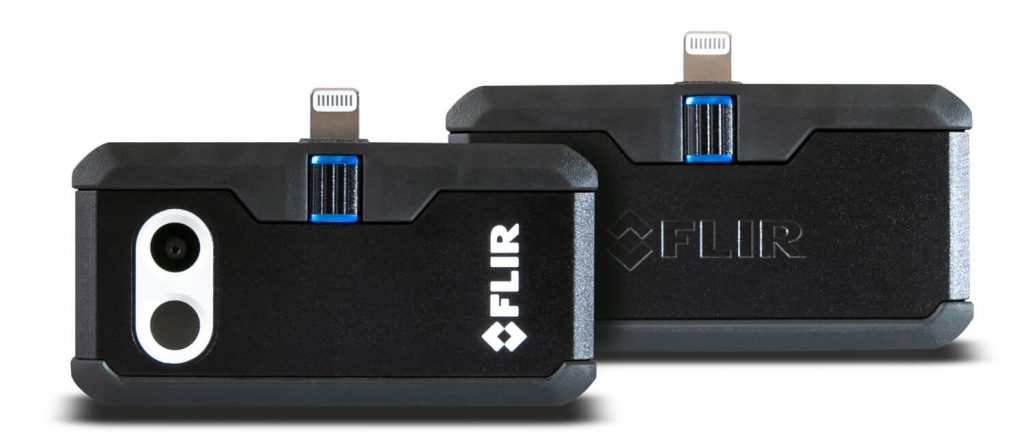

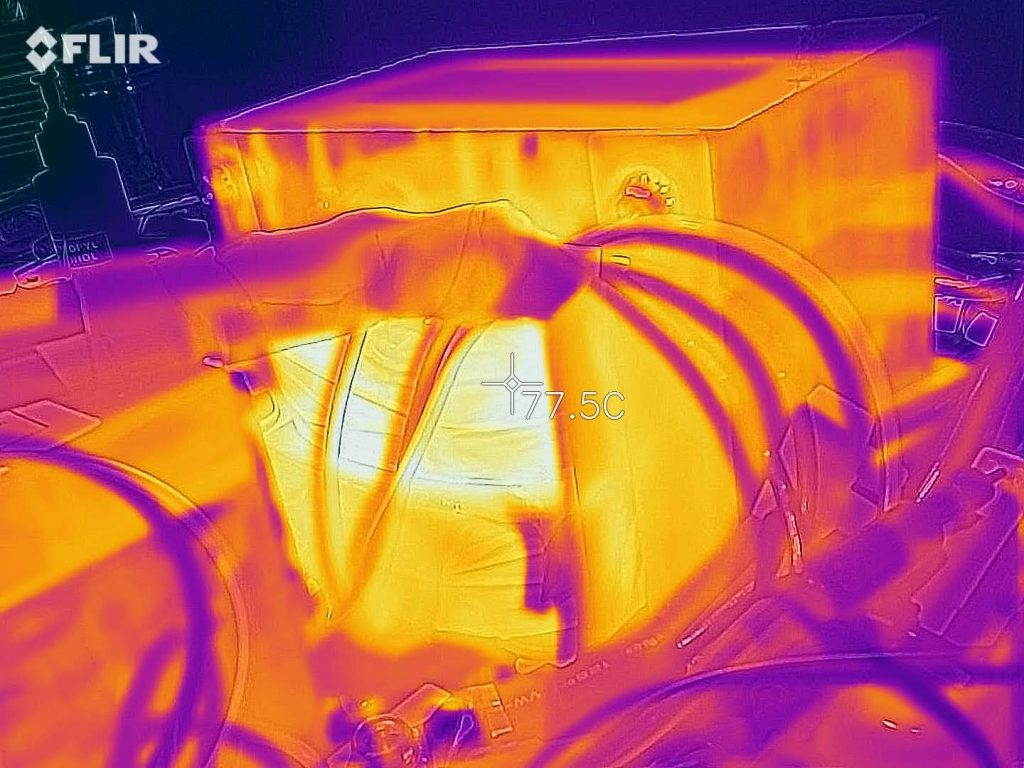
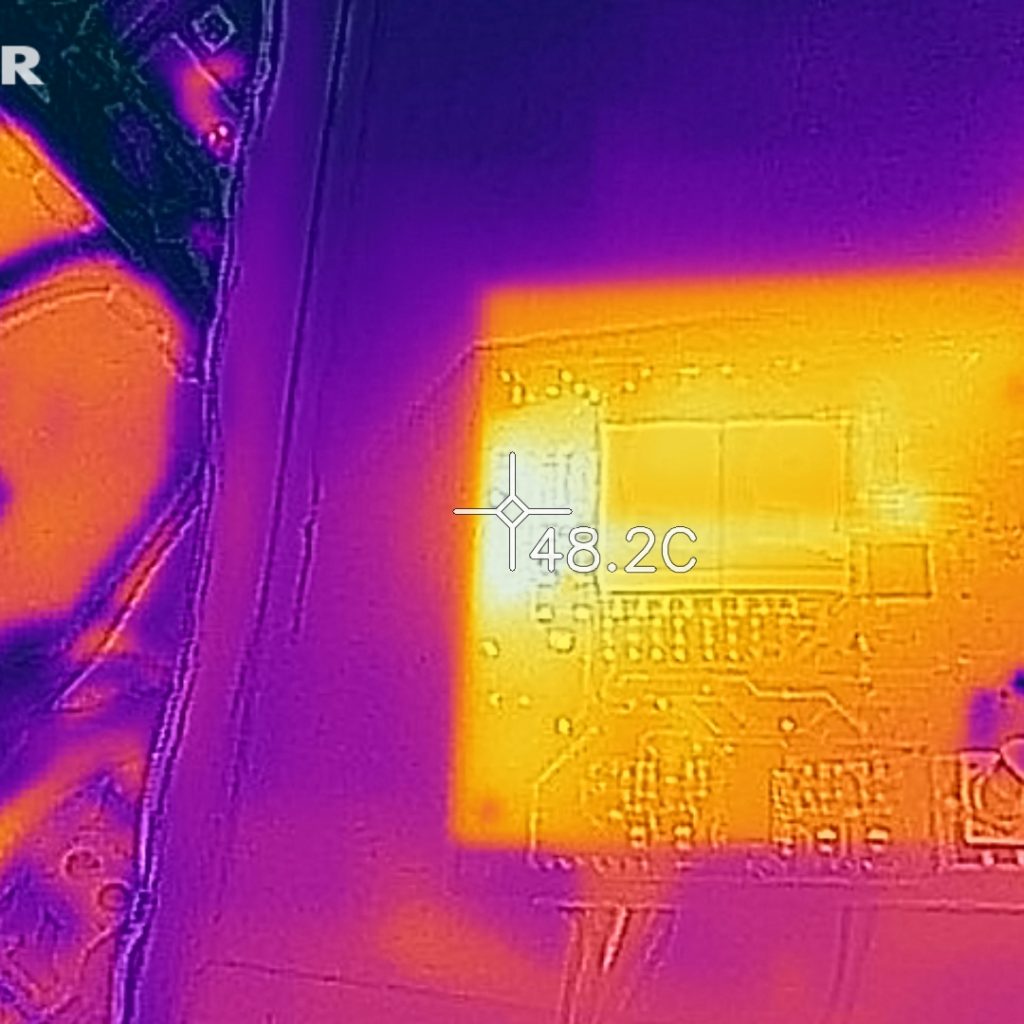
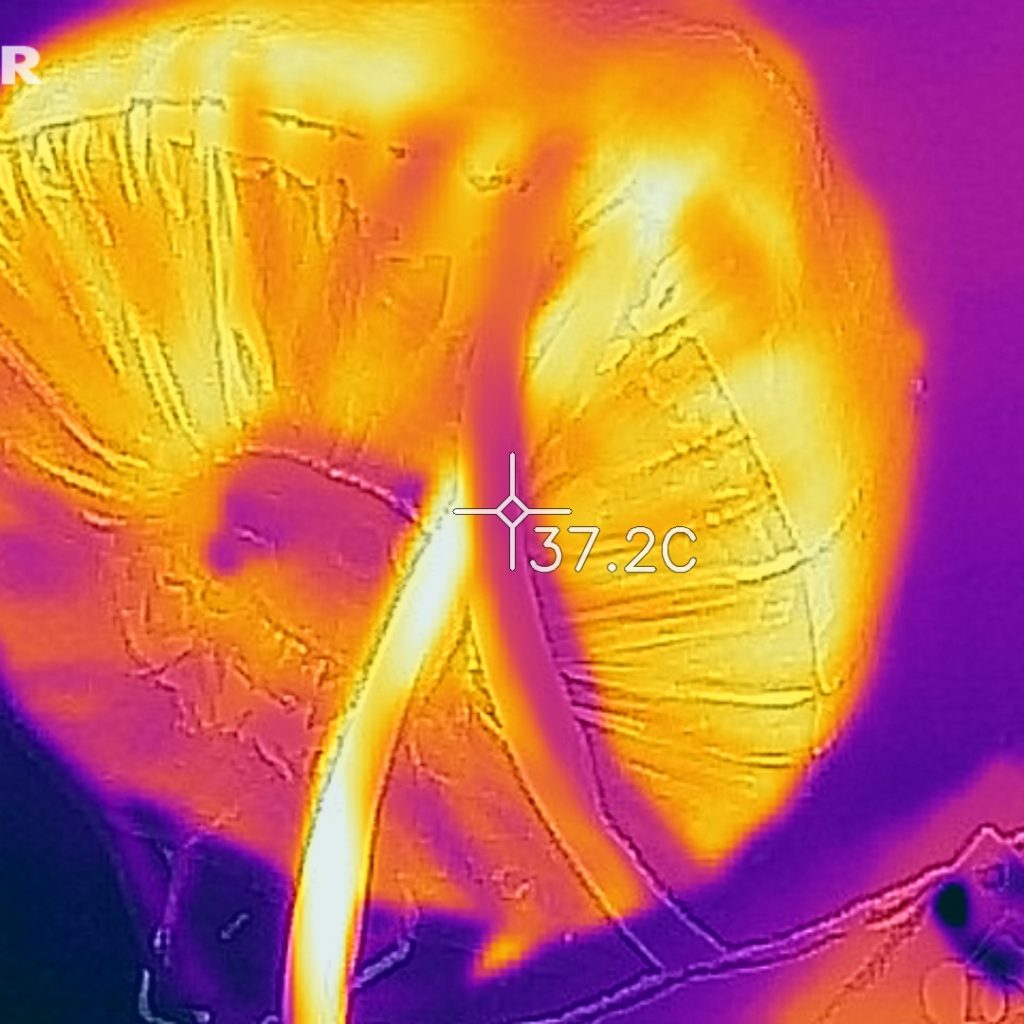
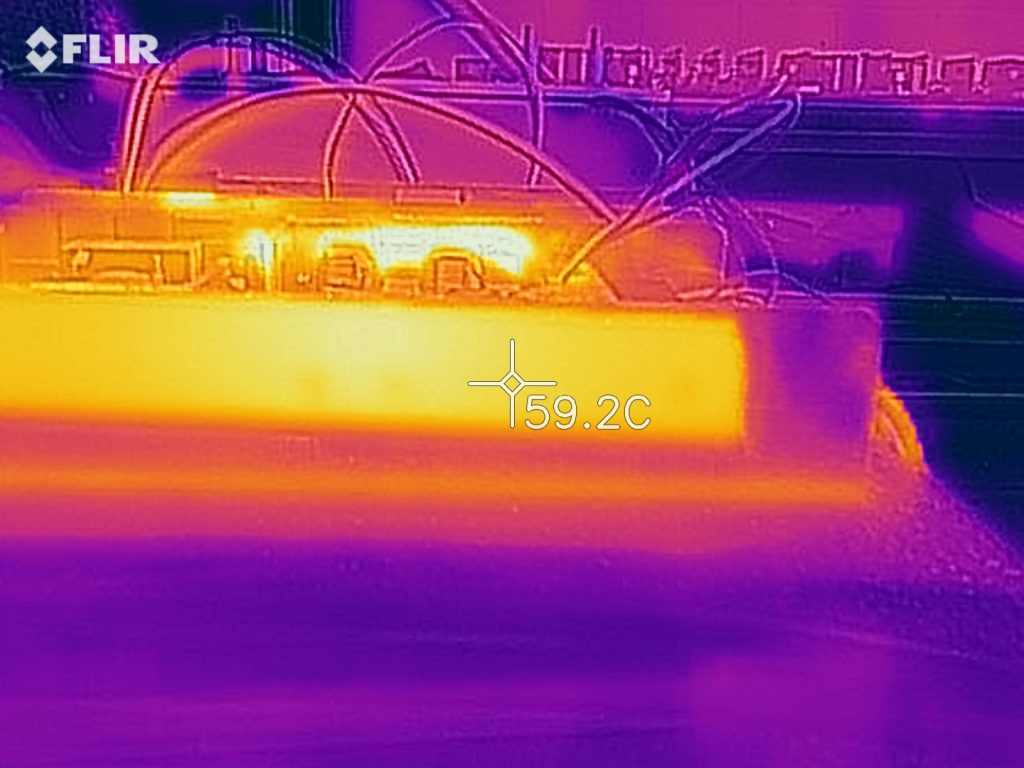
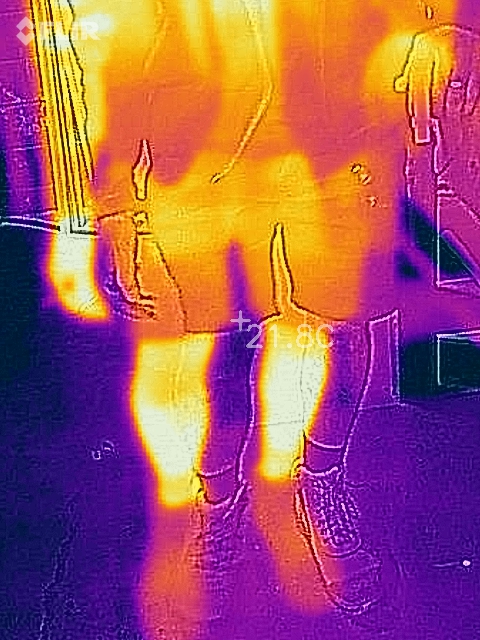
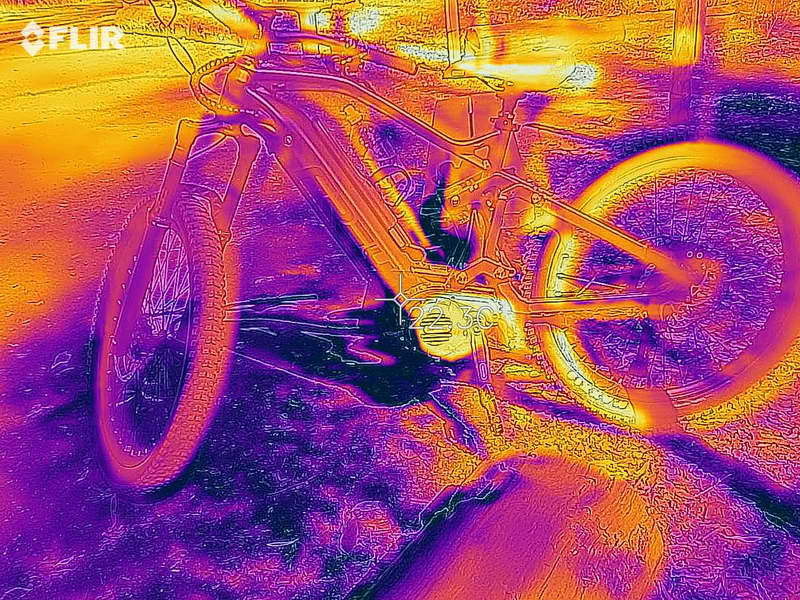

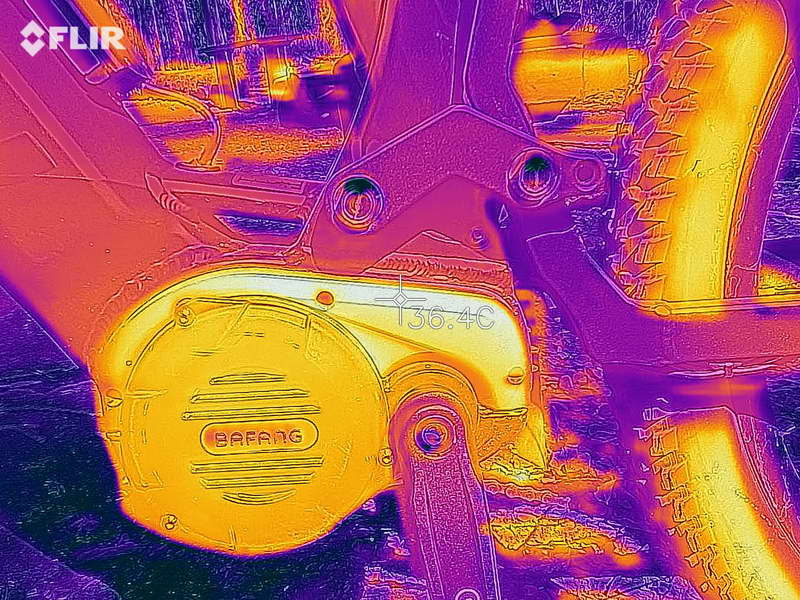

The FLIR One Pro is a thermal imaging camera attachment for smartphones, designed for use in a variety of applications such as building inspections, electrical inspections, and outdoor adventures. It’s well-regarded for its high-resolution thermal imaging, easy-to-use interface, and long battery life. Some users have reported issues with the device’s durability, but overall it is considered a reliable and effective tool for thermal imaging.
Device uses high frequency inductor custom made by http://www.patransformers.com/china_manufacturer/inductor-manufacturer/
The mass manufacturing of the device take place in China by two independent facilities.